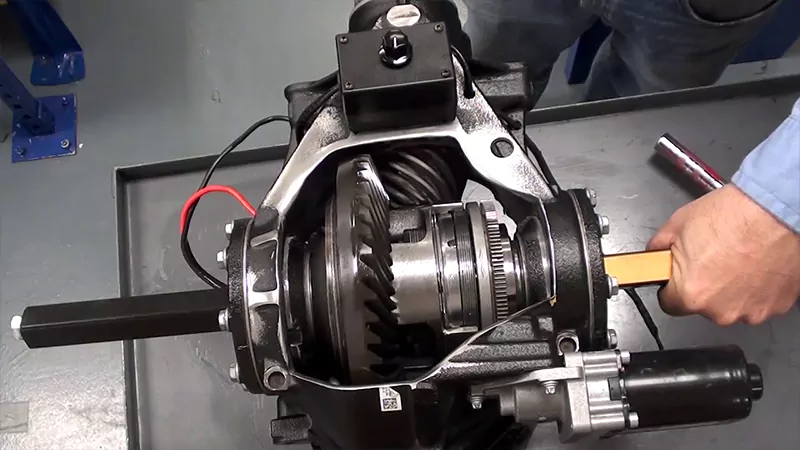When it comes to optimizing your vehicle’s performance, choosing the right crown wheel and pinion set is crucial. These components are essential for transmitting power from the driveshaft to the differential, which then distributes it to the wheels. Here’s a comprehensive guide to help you make an informed decision.

Key Parameters to Consider
- Gear Ratio
The gear ratio is the first and most critical parameter to consider. It is calculated by dividing the number of teeth on the crown wheel by the number of teeth on the pinion. This ratio determines the balance between torque and speed. A higher gear ratio (e.g., 4.10:1) provides more torque, making it suitable for heavy-duty and off-road applications. Conversely, a lower gear ratio (e.g., 3.08:1) offers higher speeds, ideal for performance vehicles and highway driving.
- Compatibility
Ensure that the crown wheel and pinion set is compatible with your vehicle’s make, model, and differential type. Compatibility is crucial to ensure proper fitting and optimal performance. Check the manufacturer’s specifications or consult a professional if you’re unsure.
- Material
The material of the gears significantly affects their durability and performance. Most crown wheel and pinion sets are made from high-strength steel, which can withstand heavy loads and resist wear. Look for materials that offer a good balance of strength and flexibility to handle various driving conditions.
- Pitch Circle Diameter (PCD)
The Pitch Circle Diameter is the diameter of the circle that passes through the center of the gear teeth. This measurement is critical for ensuring that the crown wheel and pinion mesh correctly. Mismatched PCDs can lead to poor performance and premature wear.
- Number of Teeth
The number of teeth on the crown wheel and pinion affects the gear ratio and the smoothness of operation. Ensure that the tooth count matches the desired gear ratio for your application. More teeth on the crown wheel mean a higher gear ratio, which translates to more torque.
- Tooth Profile
The shape and design of the gear teeth, such as helical or straight-cut, impact noise levels and smoothness. Helical gears have angled teeth that provide quieter and smoother operation, whereas straight-cut gears, commonly used in performance applications, are noisier but more efficient at high speeds.
- Pressure Angle
The pressure angle is the angle at which the gear teeth meet, typically 20° or 25°. This angle affects the strength and wear characteristics of the gear teeth. Ensure that the pressure angle of the new gears matches your existing setup to avoid mismatched meshing.
- Backlash
Backlash is the slight clearance between the mating teeth of the crown wheel and pinion. Proper backlash is necessary to prevent excessive play between gears, which can lead to premature wear or gear failure. It’s a delicate balance: too much backlash can cause noise and slop, while too little can cause binding and overheating.
- Outside Diameter
Ensure that the outside diameter of the crown wheel fits within your differential housing without interference. The outside diameter should match the manufacturer’s specifications for your vehicle.
Conclusion
Selecting the right crown wheel and pinion set is a critical decision that impacts your vehicle’s performance and longevity. By paying attention to the gear ratio, compatibility, material, PCD, number of teeth, tooth profile, pressure angle, backlash, face width, outside diameter, you can ensure you choose the best components for your specific needs. Whether you’re upgrading for performance, replacing worn-out parts, or customizing your vehicle for specific applications, taking the time to understand these parameters will help you make an informed and beneficial decision.



